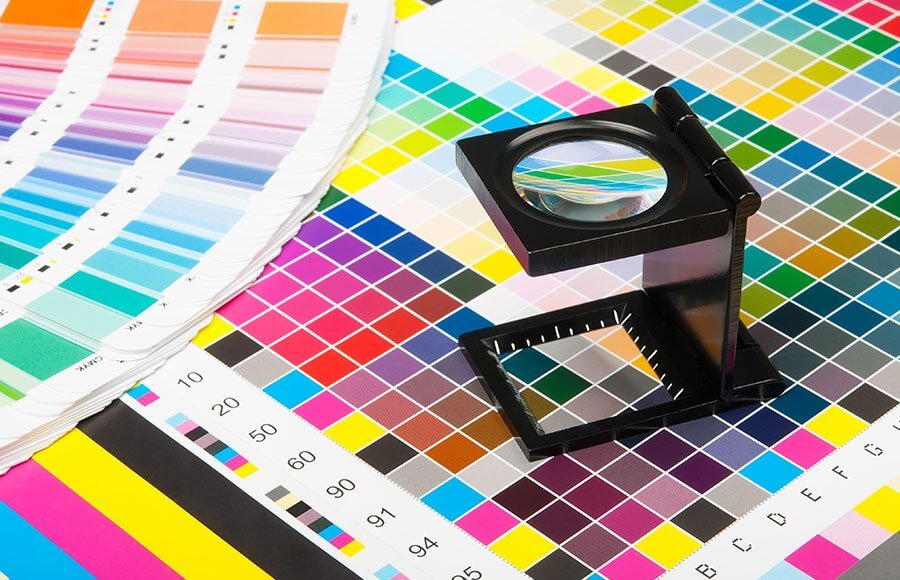Litho vs Digital: Which printing technique is best for your needs?

In the world of printing, there are two main technologies that dominate the industry: digital and lithographic (litho) printing. Both have their unique advantages and disadvantages, and the choice between the two often depends on your specific needs and requirements. In this blog post, we will delve into the pros and cons of both digital and litho printing to help you make an informed decision.
Digital Printing
Digital printing is a modern printing technique that involves printing digital-based images using a method similar to a colour office printer. It’s a versatile and flexible option that’s ideal for small to medium print runs.
Pros of Digital Printing:
1. Speed: Digital printing doesn’t require plates, which means you can move from the design stage to the final print quickly. This makes it ideal for projects with tight deadlines.
2. Cost-Effective for Small Runs: Digital printing is more cost-effective for small runs as there are no initial setup costs.
3. Personalization: Digital printing allows for variable data printing, meaning each print can be personalized. This is perfect for direct mail campaigns or projects that require individual personalization.
Cons of Digital Printing:
1. Limited Color Matching: While digital printing technology has improved significantly, it still can’t match the color range and accuracy of litho printing.
2. Less Material Versatility: Digital printers can’t handle a wide range of paper types and sizes compared to litho printers.
Litho Printing
Litho printing, short for lithography, is a traditional printing method that uses plates to transfer an image onto paper. It’s best suited for large volume print runs and when color accuracy is paramount.
Pros of Litho Printing:
1. High Quality: Litho printing offers superior image and color quality. It can produce sharp, clean images and lines with greater detail than digital printing.
2. Cost-Effective for Large Runs: While the initial setup cost for litho printing is high, the cost per unit decreases with the more prints you make, making it cost-effective for large print runs.
3. Material Versatility: Litho printing can handle a wide range of paper types, sizes, and finishes, offering more flexibility.
Cons of Litho Printing:
1. Time-Consuming: The process of creating plates and setting up the press can be time-consuming, making litho printing less suitable for urgent projects.
2. Less Eco-Friendly: The process of making plates and using inks in litho printing can have a higher environmental impact compared to digital printing.
In conclusion, the choice between digital and litho printing depends on your specific needs. If you need a quick, cost-effective solution for small to medium print runs with the option for personalization, digital printing is the way to go. However, if you’re looking for superior quality, cost-effectiveness for large volumes, and material versatility, litho printing would be the best choice. Always consider your project’s requirements, budget, and timeline before deciding on the printing method.
